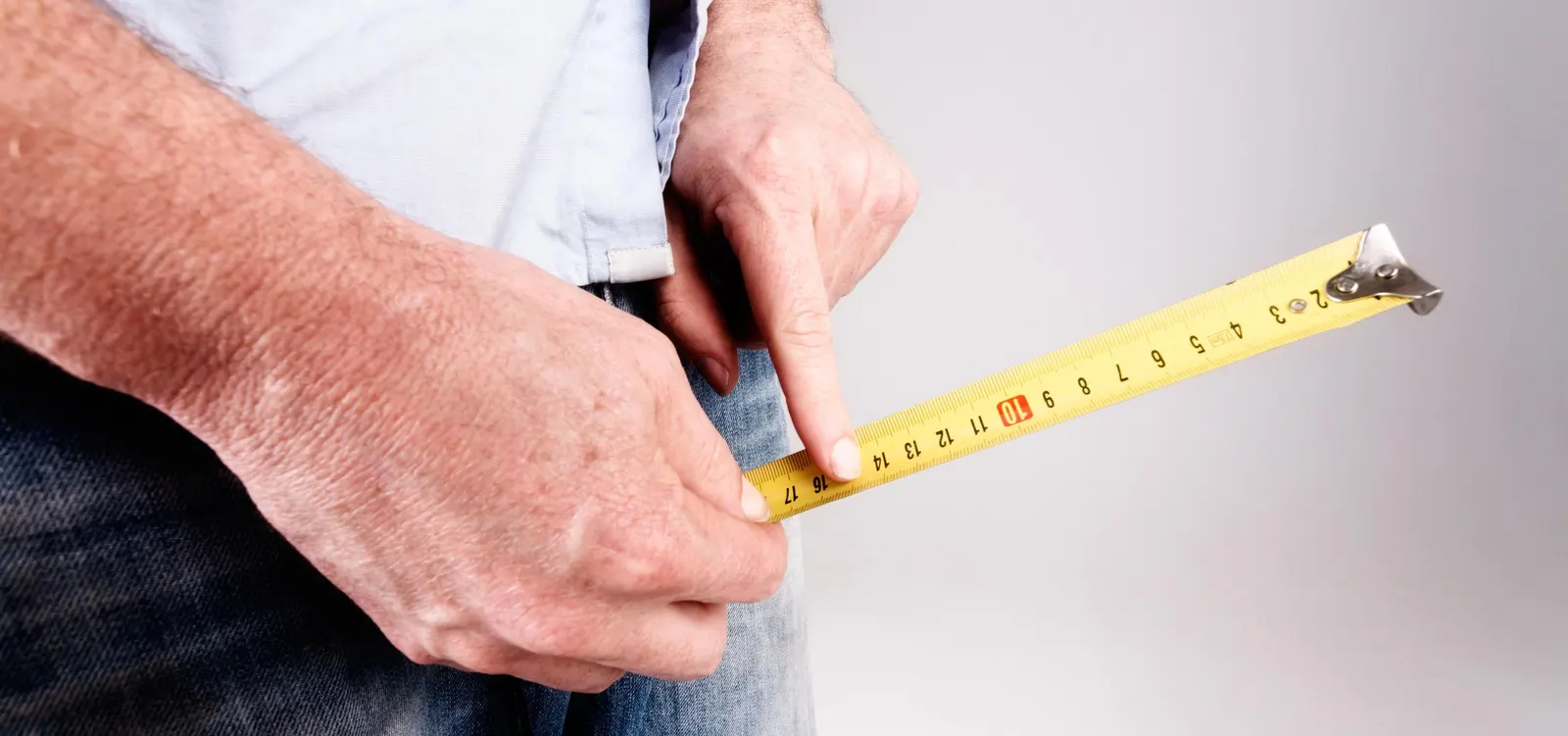Subtotal $0.00
Table of Contents
In an era dominated by media and cultural narratives, the perception of body image and beauty standards is heavily influenced by what we consume daily. One of the most affected areas, though often less openly discussed, is the trend of penis enlargement. Understanding the media influence on penis enlargement trends reveals much about societal pressures, psychological impacts, and the reality behind the pervasive hype.
The Role of Media in Shaping Perceptions
- Advertising and Marketing:
- Hyped Products: The media bombards consumers with advertisements for pills, pumps, and surgical procedures, promising dramatic results. These ads often feature idealized images and testimonials that create unrealistic expectations.
- Targeted Campaigns: Marketing strategies often target insecurities, emphasizing that a larger penis is synonymous with masculinity, virility, and sexual success.
- Pornography:
- Distorted Reality: Pornography frequently showcases actors with above-average penis sizes, creating a skewed perception of what is normal. This representation can lead to feelings of inadequacy among men who compare themselves to these unrealistic standards.
- Cultural Impact: The ubiquity of pornographic content has normalized extreme body standards, further entrenching the belief that bigger is better.
- Social Media:
- Influencer Culture: Social media influencers and personalities often perpetuate body image ideals, including discussions about penis size. Their reach and influence can amplify insecurities and drive trends in penis enlargement.
- User-Generated Content: Platforms like Reddit, Instagram, and TikTok host countless threads and videos discussing penis enlargement techniques, creating echo chambers that reinforce the desire for enhancement.

Cultural Narratives and Their Impact
- Historical Context:
- Ancient Myths: Cultural myths and legends have long associated penis size with power, fertility, and dominance. These historical narratives continue to influence modern perceptions.
- Rituals and Traditions: Some cultures have traditional practices aimed at penis enlargement, reflecting deep-seated beliefs about masculinity and sexual prowess.
- Modern Masculinity:
- Societal Expectations: Modern culture often equates masculinity with physical attributes, including penis size. This can lead to immense pressure on men to conform to these ideals.
- Peer Influence: Conversations among peers, often driven by cultural and media narratives, can exacerbate insecurities and motivate individuals to seek enlargement solutions.
Psychological Impact
- Self-Esteem and Body Image:
- Insecurities: Media influence can severely impact self-esteem, leading men to feel inadequate or ashamed of their bodies. This can result in anxiety, depression, and a negative body image.
- Obsessive Behavior: The constant bombardment of idealized images can lead to obsessive thoughts and behaviors related to penis size, including compulsive use of enlargement products and techniques.
- Relationship Dynamics:
- Sexual Performance Anxiety: The pressure to meet perceived standards can lead to performance anxiety, affecting intimate relationships and sexual satisfaction.
- Communication Barriers: Insecurities about penis size can hinder open communication with partners, leading to misunderstandings and emotional distance.
Reality vs. Hype
- Efficacy of Products:
- Scientific Evidence: Many marketed products, such as pills and topical treatments, lack scientific backing and fail to deliver promised results. Consumers are often misled by exaggerated claims.
- Surgical Risks: Surgical procedures, while potentially more effective, carry significant risks, including infection, scarring, and unsatisfactory results. The reality of these procedures is often glossed over in media portrayals.
- Psychological Interventions:
- Therapeutic Support: Addressing underlying insecurities through therapy can be more effective than pursuing physical changes. Cognitive-behavioral therapy (CBT) can help reshape negative thought patterns and improve self-esteem.
- Holistic Approach: Emphasizing overall health, fitness, and mental well-being can lead to a more positive self-image and reduce the focus on penis size.
Conclusion
The media influence on penis enlargement trends highlights the powerful role of cultural and media narratives in shaping perceptions of masculinity and body image. By understanding the psychological impacts and separating myth from reality, men can make more informed decisions about their health and well-being. Prioritizing mental health, fostering open communication, and embracing a holistic approach to self-esteem can counteract the pervasive pressures of media and culture. Remember, true confidence and masculinity extend far beyond physical attributes.





